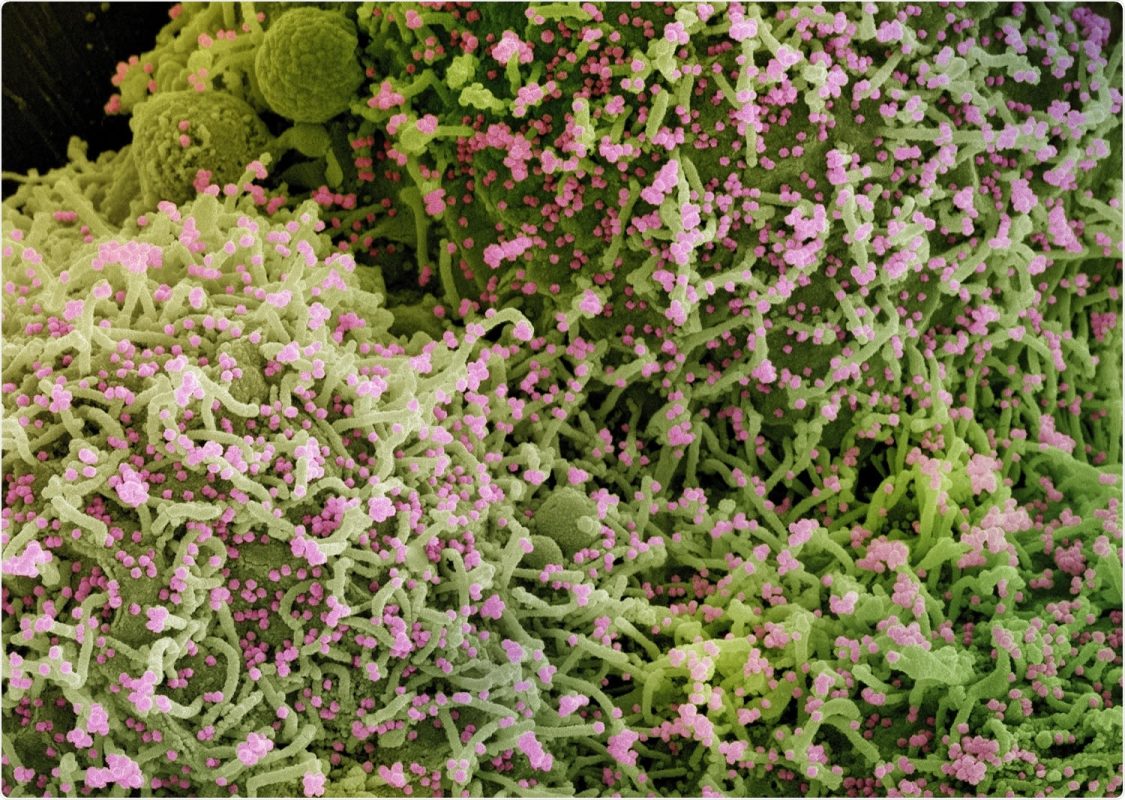Severe acute respiratory syndrome coronavirus 2 (SARS-CoV-2) has been linked to coagulation disorders, which sparked interest in the use of antithrombotic therapy to treat COVID-19 infection. However, the specific nature of thromboembolic risk in COVID-19 patients is still poorly understood.
New research published on the medRxiv * preprint server suggests that COVID-19 disease carries a higher 90-day risk of venous thrombosis than the flu. However, arterial thrombosis remains a higher risk in people with the influenza virus.
The results can help understand the role of thromboprophylaxis in treating COVID-19 infection.
“Taken together, these results fill important knowledge gaps regarding the independent thromboembolic risks of COVID-19 compared to influenza and may guide future work to clarify the role of thromboprophylaxis in COVID-19 management,” the research team wrote.
Information about the patient
From January 1, 2015 to October 31, 2020, the researchers collected data on insurance claims who either had flu or COVID-19 infection. The study period was chosen to minimize the likelihood of undiagnosed COVID-19 illness in a person with influenza.
Approximately 417,975 COVID-19 patients were included in the study because they tested positive for COVID-19 disease after April 1, 2020. The mean age was 57 years and 61% of the patients were women.
People in the influenza group were included in the study if they tested positive between October 1, 2018 and April 30, 2019. A total of 345,934 patients were included. The mean age was 47 years and 66% of the patients were women.
Between the two groups, the patients in the COVID-19 cohort were more likely to be male, had to be hospitalized for an infection, and had chronic comorbidities.
Comorbidities related to cardiovascular disease and medications – including anticoagulants, antiplatelet drugs, and statins – were also noted.
In the COVID-19 group, 54% had heart disease and 3.4% had venous thromboembolism. In the influenza group, 41% had heart disease and 1.9% had venous thromboembolism.
.jpg)
Cumulative event rate curves for primary endpoints. Stratified Slope-Weighted Cumulative Event Rate Curves in the COVID-19 and Influenza Populations. After weighting, the cohorts were balanced to 49 covariates, including demographics, drug use, and clinical comorbidities associated with arterial and venous thromboembolism.
The risk of arterial thromboembolism is higher in COVID-19 patients with a history of heart disease
A significantly increased risk of venous thromboembolism has been observed in COVID-19 patients. However, there was no increased risk of arterial thromboembolic events.
However, a history of heart disease was associated with a higher arterial thromboembolic risk in the COVID-19 groups. A history of venous thromboembolic risk increases the risk of venous thromboembolism in COVID-19 patients.
The occurrence of acute deep vein thrombosis or pulmonary embolism affects the risk of venous thromboembolism.
“These results support close monitoring for venous events following a diagnosis of COVID-19 and the application of strategies to reduce venous risk, including non-pharmacological and pharmacological prophylaxis,” the researchers write.
There was no difference in risk of ischemic stroke and myocardial infarction between the two groups.
Study restrictions
There are several restrictions to be considered when interpreting the results.
Race and ethnicity data were not available, making it difficult to extrapolate the results to a diverse patient population. Additionally, the study may not reflect the population in the United States.
Confounds that were not controlled in the study may also have affected the baseline properties between the two groups. For example, no information was available on the death of a patient. However, the researchers conducted a follow-up examination on the last day of any recorded loss or the last day of insurance to reduce the chance of missing a fatality.
The researchers suggest that the results should stimulate future research to better understand the causes of arterial and venous thromboembolic risks in COVID-19 infection and how thromboprophylaxis can affect COVID-19 treatment regimens.
*Important NOTE
medRxiv publishes preliminary scientific reports that are not peer-reviewed and therefore should not be considered conclusive, that guide clinical practice / health-related behavior or are treated as established information.

